It was Monday, November 18, 2013 around 10:00 a.m. and I was standing in a humid Florida parking lot in the midst of a large crowd of people. We were all waiting to get on one of the many buses that had gathered there.
We all had good reason to be waiting in that parking lot. The buses were going to the NASA Causeway where we would get to see a rocket launch a spacecraft on its way to Mars.
I have a friend, who I’ll call “Barry” (because that is his name). Barry went to college with Nick Schneider who is now a professor of Astrophysical and Planetary Sciences at the University of Colorado. Nick is the lead scientist for the Imaging UltraViolet Spectrograph (IUVS) instrument on the Mars Atmosphere and Volatile Evolution Mission (MAVEN) spacecraft. This instrument will be used to study the atmosphere of Mars. Nick got to invite guests to see the MAVEN launch event, and Barry in turn got to invite some.
Thanks to my invitation from Barry I was waiting in that parking lot. I had a “NASA VIP guest” badge around my neck and a “guest pass” for the Kennedy Space Center (KSC) in my pocket. The two previous days had been spent visiting the Kennedy Space Center.
What an amazing weekend! The visit to the KSC began with a NASA briefing on MAVEN. It was an overview of the mission, vehicle, and instruments similar to briefings about earlier missions that I had watched via video; but this one was in person. It was much better in person.
MAVEN with its solar panels extended is about the length of a bus and has approximately the same mass as an Earthly Sport Utility Vehicle (SUV), and is chock full of instruments and fuel. The launch vehicle is an Atlas V two stage rocket. The second stage is called Centaur. The briefing closed with “Go Atlas, Go Centaur, Go MAVEN” — the significance of this sequence was not obvious to me until much later.
The “VIP guest” treatment included a tour of the Kennedy Space Center. Our tour was led by Legendary Fire Trainer George Hoggard. We visited the Vehicle Assembly Building (VAB).
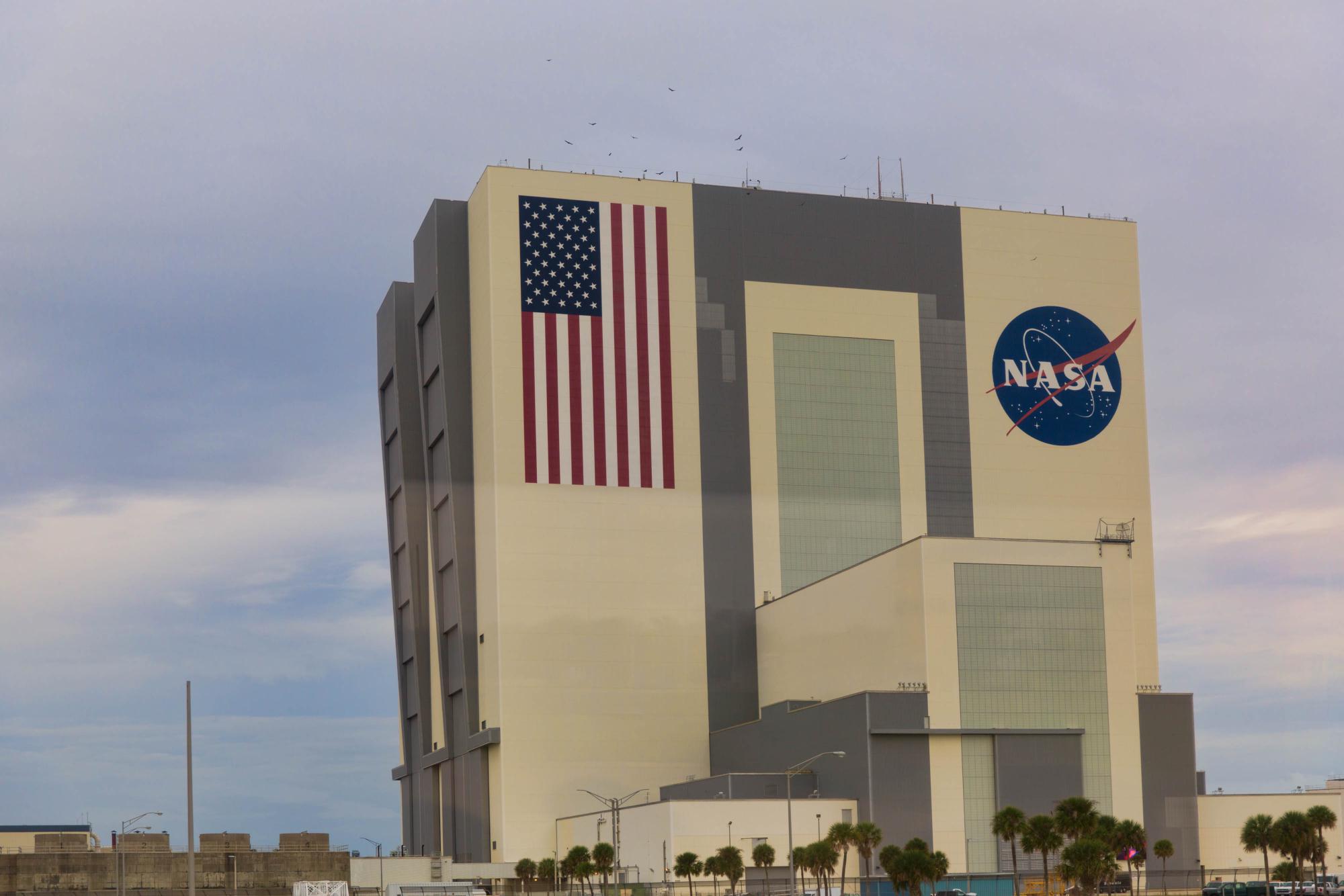
This is where every Apollo vehicle and every Space Shuttle was assembled prior to launch. It is still in active use today. Once inside, we saw the four giant bays and the internal infrastructure for moving heavy equipment around. One of the Crawler Transporters was in a bay. These vehicles carried assembled spacecraft (including Apollo and the Space Shuttle) out to the launch pads along enormous tracks. They are equipped to ensure the spacecraft does not tip over as the vehicle ascends the slight hill to the launch pad.
George gave an excellent tour. Interspersed with the many facts were some of his stories accumulated during decades on the job. One of those stories was about the day he became one of only three people to ever ride the escape zip-line system from the launchpad to the ground.
He also took us over by Launch Complex 41 where the assembled MAVEN launch vehicle was sitting on the pad awaiting the planned Monday launch window.
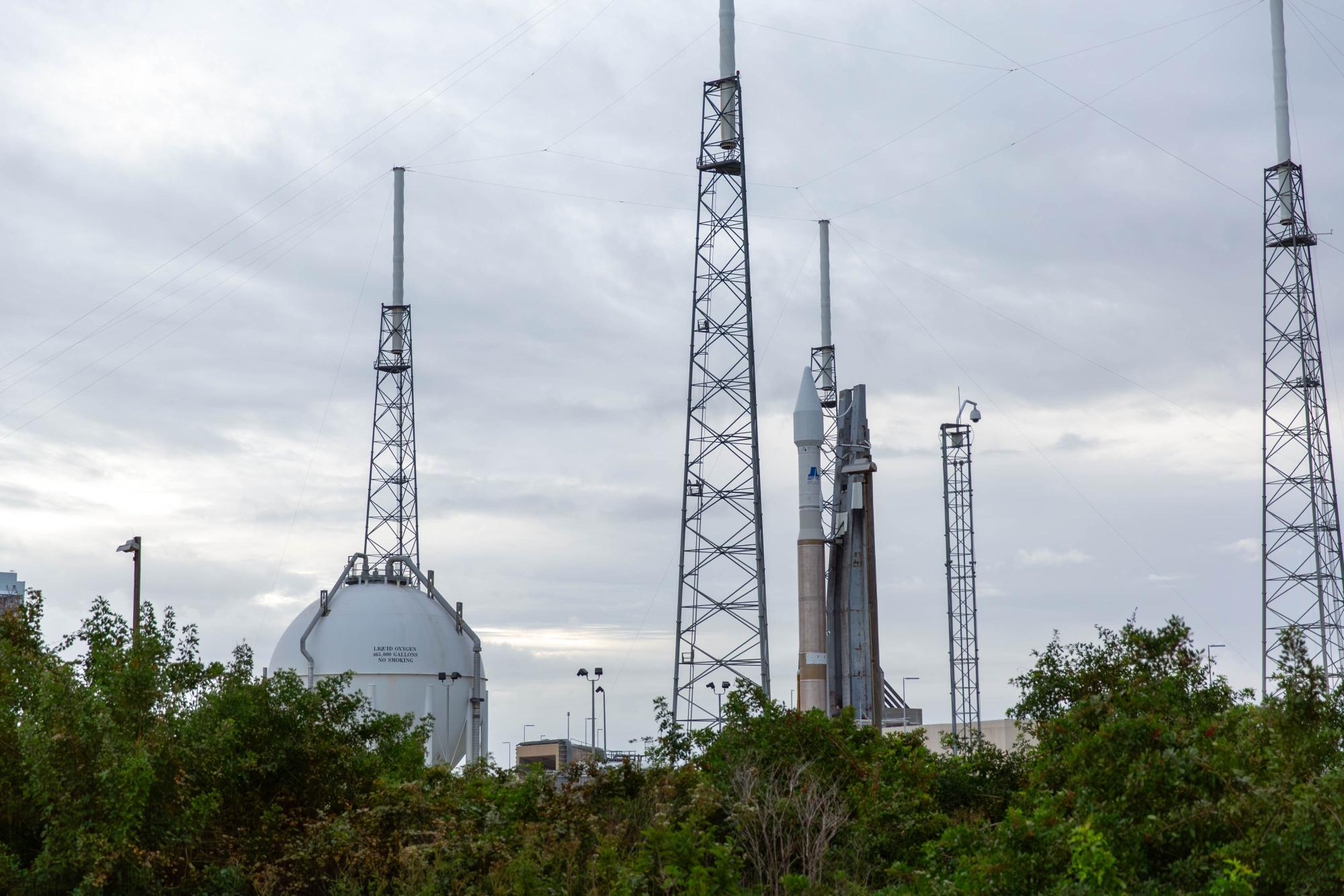
On Sunday we returned to Kennedy Space Center. We saw many amazing things – the many rockets in the “rocket garden”, an enormous Saturn V, the Kitty Hawk Apollo 14 capsule, and numerous artifacts from the Apollo and Mercury programs. I also attended an excellent talk by astronaut Wendy Lawrence and saw the Space Shuttle Atlantis in its new home. The Atlantis exhibit includes a fun video presentation about the Space Shuttle program, an excellent ride in a “simulated” shuttle, and numerous simulators for shuttle landings, docking maneuvers, and shuttle robotic arm missions.
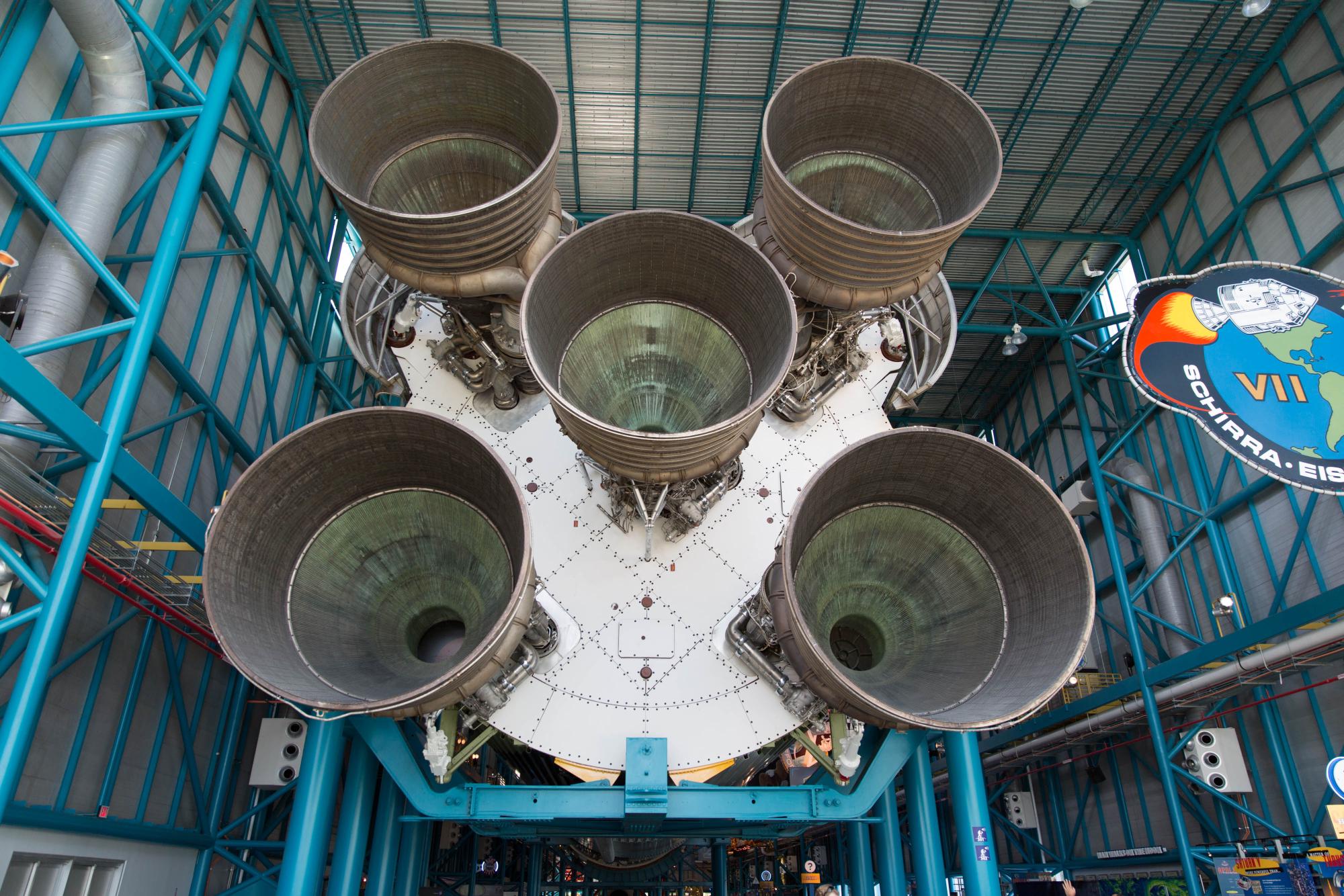
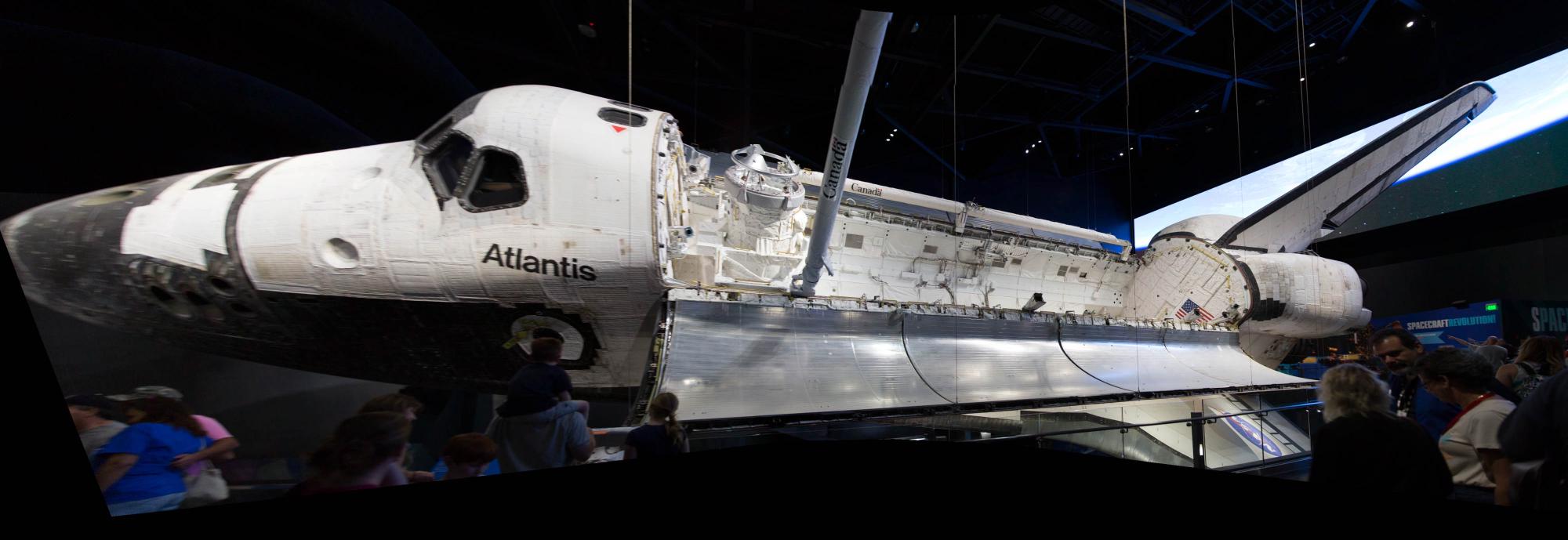
It was an amazing weekend seeing an amazing place with friends. And now it was Monday morning and we were boarding a bus to see a rocket launch.
“Minimum energy” launch windows for Mars from Earth arrive every 26 months. The launch window for MAVEN was a couple hours per day starting November 18th at 1:28 p.m. (EST) and ending in early December (with a possible extension out to mid December).
The bus arrived at the destination around 11:30 and I was soon sitting in the bleachers near a good speaker with a good view of Launch Complex 41. Hearing the United Launch Alliance (ULA) and NASA professionals going through the final checklist over the loud speakers suddenly made the launch seem imminent. There was applause and cheering among the gathered crowd when they got to the last bit — the words everyone had been waiting for.
“status check to proceed with terminal count… atlas systems… propulsion go… go… go… go… Go Atlas. Go Centaur. Go MAVEN.”
A few minutes later the countdown hit zero and MAVEN launched. Video and photos do not adequately capture the experience. The rocket flame is a ridiculously vivid orange/red (in photos and video the flame is always blown out). The rocket rises on a pillar of flame and smoke. It moves slowly at first but accelerates very fast.
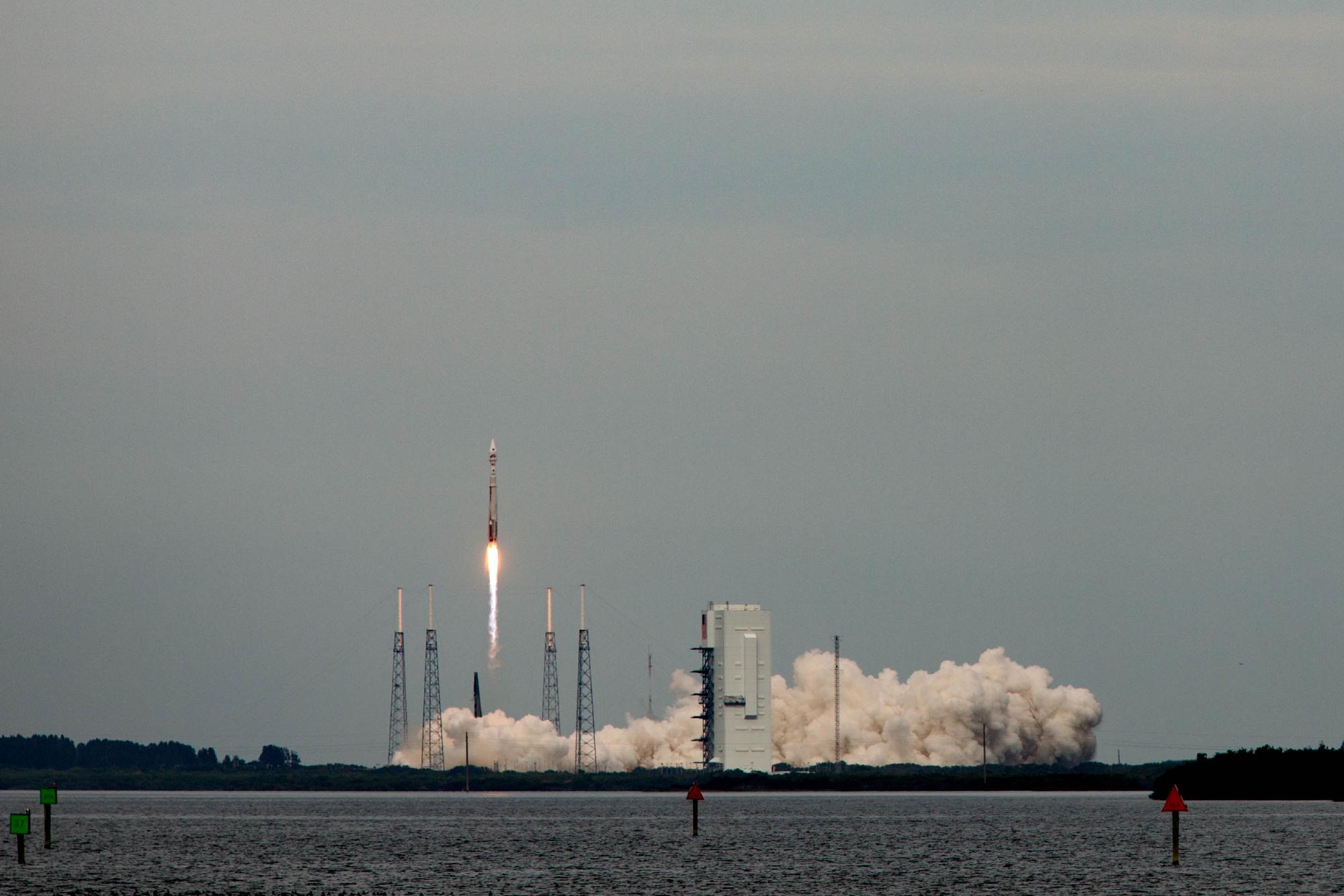
The distant rumble rolls over several seconds after the rocket lifts off and builds in power. It is heavy with low, chest-shaking frequencies. Low cloud cover obscured the rocket shortly after launch but it was visible through a little hole in the clouds briefly after it had disappeared into them. The cloud cover resulted in being able to capture the color of the rocket flame. As the rocket passed into the clouds the brightness of the flame was reduced enough to capture the color without blowing out.
The words “BLAST OFF” have taken on new meaning for me. I am immensely glad to have had the chance to see the launch.
MAVEN’s successful launch means it was well on its way to Mars even before the buses had returned us all to that parking lot.
MAVEN is safely on its way to Mars. MAVEN’s “Mars orbit insertion” will occur on or about September 22, 2014. This is when the spacecraft will decelerate to enter orbit around Mars.
A couple of video links:
- MAVEN launch video
- MAVEN launch highlights (includes some of above, but also has some of the vehicle prep)